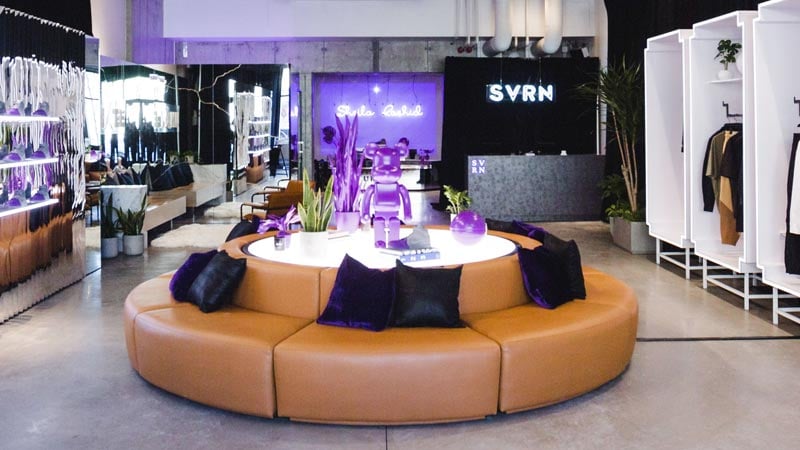Custom fixtures for retail stores: what types are available, and are they really worth installing?
Custom fixtures serve a much deeper purpose for retail environments than merely directing customers to different parts of a retail interior. Yes, directing the flow of foot traffic with appropriate wayfinding signage is a large part of any interior store design, but custom store fixtures improve sales by serving a deeper psychological need for customers – the need to take part in a high-quality visual experience before they buy.
Custom fixtures are an effective solution for both luxury and discount retail stores because they both benefit from this effect.
Custom Retail Fixtures and Visual Complexity
It's no longer enough for retail stores to provide a great product and price. Retail needs to create cohesive, seamless, branded audience experiences if they want to encourage customers to go from browsing to buying. Studies show that customers want to have a great experience before their next purchase, and a large part of delivering that buying experience can be summarized in two words: visual complexity.
Visual complexity refers to the decorative retail patterns and store layouts that get customers into a buying mood. The layout of a store has a subconscious effect on consumer emotions as soon as they enter – and custom fixtures satisfy their need to process visual information before buying.
The following five custom fixtures can help provide proper visual complexity to any high-end store:
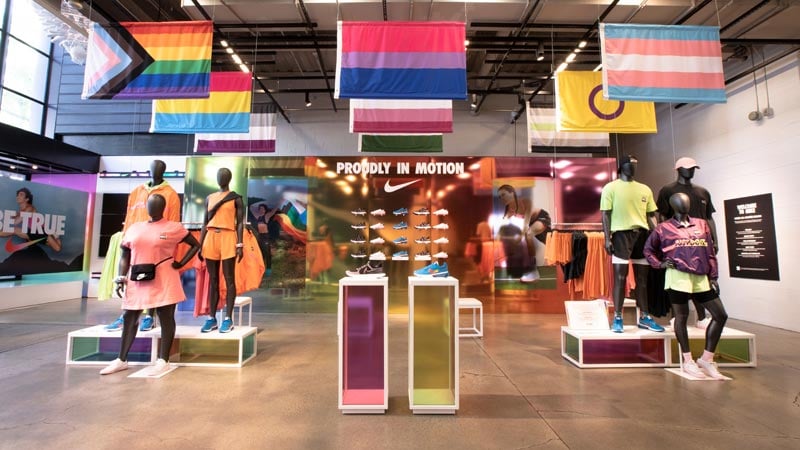
Pedestal fixtures create a focal point in this custom retail interior design.
1. Custom Pedestal Fixtures
Pedestals are a great option for displaying retail merchandise with all of the prestige and visual complexity of a museum exhibit. When done well, customers will want to enter your store to see what is on a pedestal up close, and they are often willing to go all the way to the back of the store if a display looks attractive enough, encouraging them to browse and buy in other sections on the way out.
When choosing the width of a pedestal, it’s common to take the width of the item on display and add 2-4” extra. Draw attention to pedestal displays by selecting a different height than nearby furniture and fixtures. Create a visual focal point with contrasting colors, materials and lighting to help displayed items stand out from their surroundings.
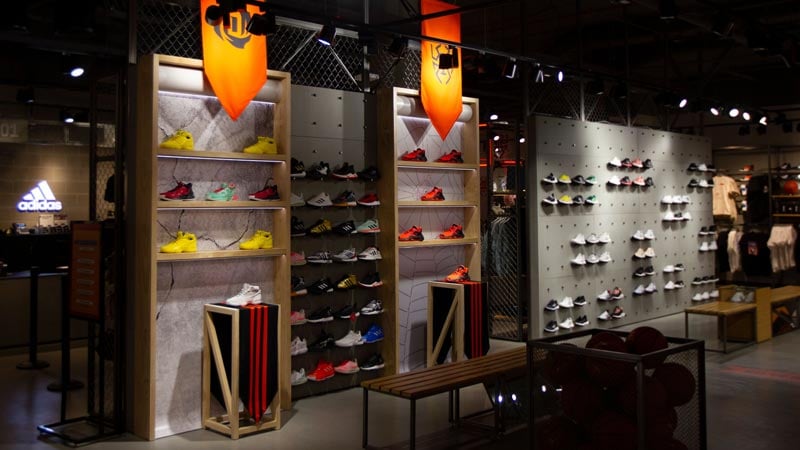
2. Wall Displays
Wall display units include any kind of shelving or alcove showcasing merchandise on a wall. From a marketing perspective, wall display units can actually produce different retail emotions in the buyer.
For example:
- Wood shelves – Warm and inviting.
- Metal shelves – Cool and professional.
If you are selling products that require a certain degree of trust and confidence in the manufacturer, use metal shelves. If you want to inspire creativity and positivity, go with wooden shelves. The better the materials, the more emotional the response.
With that said, customers are not emotionally stimulated by generic hooks in slatwalls and basic gondola shelves, so think about what emotions your wall displays will produce. If the answer is boredom, your sales will suffer.
Remember: visual complexity comes from matching wood tones and metal finishes across store shelving units, doorways, and other surfaces. If your custom shelving helps to create a uniform appearance throughout the store, it elicits a powerful subconscious reaction from the buyer to trust you more.
On a similar note, multimedia displays, aka video walls, are also a great way to introduce a dash of technological ambiance to your store wall displays while keeping people in your store entertained.
- Flat panel – A basic HD screen display embedded in the wall. The most basic video wall setup.
- Curved screen – Inward-curving screen adds image depth for a more immersive environment.
- Multi-screen – A multimedia display system with multiple screens can:
- Work together to produce the same image (like a logo, for example).
- Show separate images independently at the same time.
- Tiled screen – Screen tiles that can wrap around multiple walls.
- Great for customers to watch while waiting in line or quickly walking to a new section.
- Touchscreen – The most interactive multimedia display of all demands total engagement, increasing the average visitor’s duration of stay.
- The best way to inform and impress a potential buyer with new information.
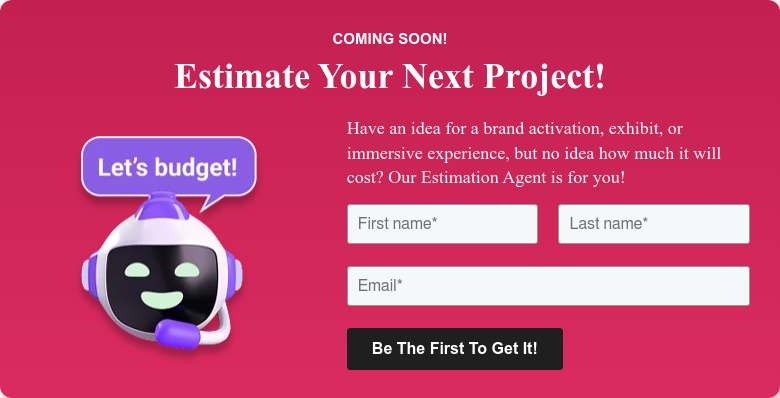
3. Clothing Racks
Custom clothing racks are durable, flexible, and begin with the arm.
Examples include:
- Straight arm – The classic display choice when all of the garments are similar in color and design, with size being the only variation.
- Z-Arm – Shaped like the letter “Z”, this can display two styles of garments in a more attention-grabbing way, with one garment slightly lower than the other.
- Four-way – The arms stick out in all four directions to invite the customer’s touch.
Arm variables aside, other forms of custom clothing racks are:
- Free standing racks – A straight rail that can be made from exotic materials to stand out.
- Wall-mounted display racks – Often used in combination with a Z-arm to save space.
- Shadow box rack – A rack encased in its own stylish container, typically made of wood.
Custom seating and display tables serve multiple purposes in retail environments.
4. Display Tables and Benches
Be sure to include enough seating for both customers and anyone who is with them. Retail store display tables with benches will encourage the shopper to stay longer because their guests can sit down while they shop. Similarly, a customer will feel more at ease with their items on a table and will be willing to wait longer.
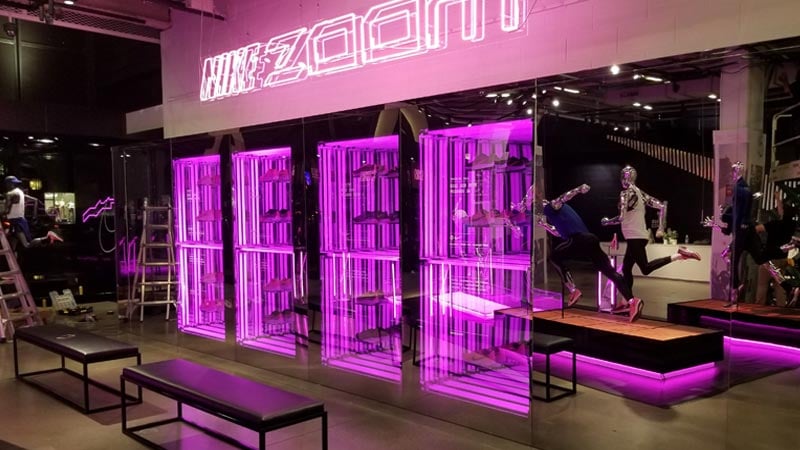
Custom display cases for Nike add perceived value to the retail products inside.
5. Merchandise Cases
Merchandise can be displayed in two types of cases: countertop displays and cabinet displays. If a customer is meant to look down at your products (like jewelry), then countertop displays could be a better choice. If you have a larger inventory of varying heights, go with a custom cabinet display.
Display cases can be further customized with high-end locks and self-opening mechanisms. These features can help convey a better first impression to the customer, who often subconsciously associates additional value with any product that has to be “kept away” in a case. Therefore, the more well-designed your case is, the nicer the items will look inside.
Modular Designs
If you are continuously updating parts of a store, or are interested in rotating displays, we recommend modular designs with changeable graphic elements.
These custom fixtures let you update the store and easily move merchandise around in response to changing demands. Repainting, rewrapping, or reskinning these modular fixtures are all flexible ways to refresh a store and run new branded campaigns.
Custom Store Fixtures: Finding the Right Partner
The right custom fixtures add function and utility to a retail interior. They show customers where to sit, stand, look, read, place their belongings, and sample the merchandise while promoting other positive shopping behaviors.
At Bridgewater Studio, we help retail clients increase dwell time and provide engaging customer experiences through custom store fixtures and merchandising displays. Our comprehensive services include strategy, design, production and fabrication providing clients with a streamlined and stress-free process to bring their retail projects to life. Learn more by booking a free strategy session with Bridgewater today.
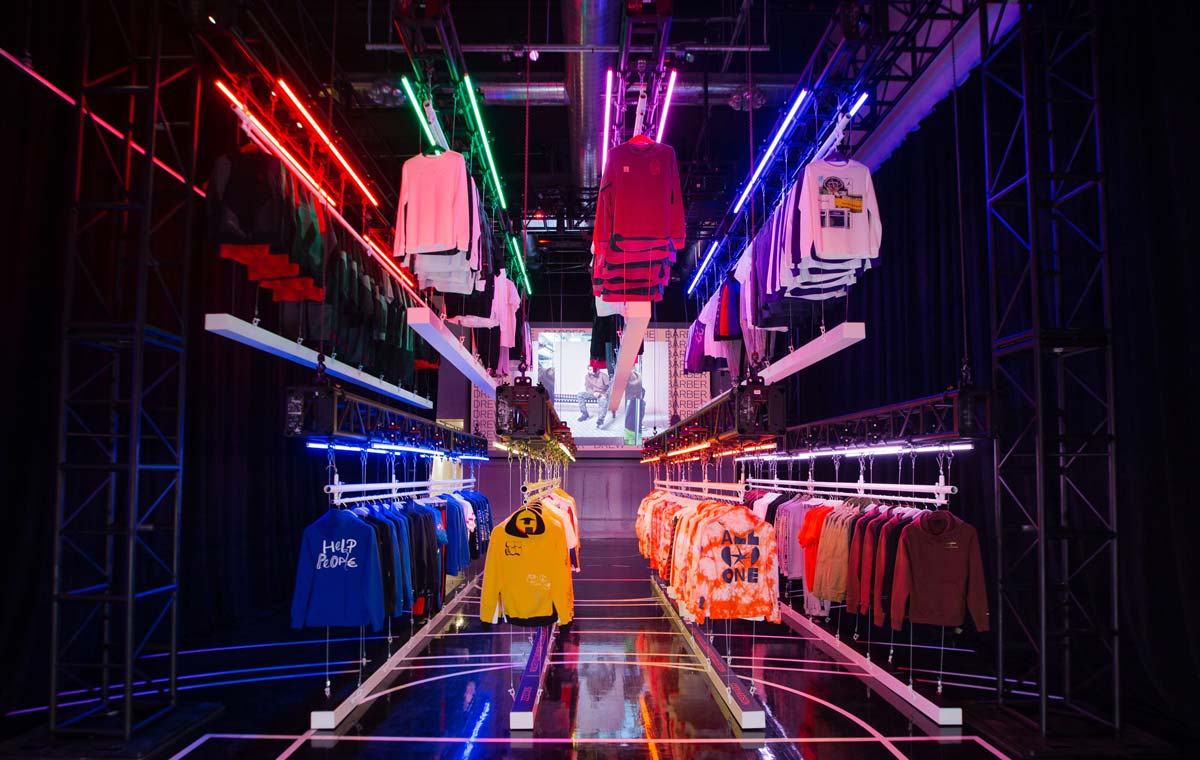

.png)
.png)
.png)
